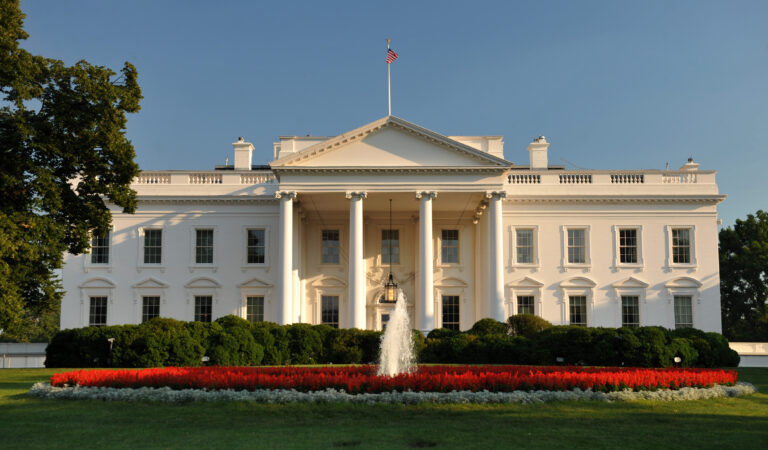Have you ever questioned how soar years might influence the Oval Office? Delve into the exciting courting among these and discover sudden insights that might alternate your perspective on presidential terms.
The Intricacies of Leap Years
Leap years are a fascinating element of our calendar gadget, designed to preserve our timekeeping in alignment with the Earth’s orbit across the Sun. Every four years, a further day is introduced to February, creating a year with 366 days rather than the same old 365. This adjustment prevents our calendar from drifting too long way from the solar year.
Historical Context of Leap Years

The concept of soar years dates back to the ancient Egyptians, who were been a number of the first to understand the want for a further day to keep their calendar aligned with the seasons. However, it became Julius Caesar who carried out the Julian calendar in forty-five BC, introducing the soar year gadget we’re familiar with these days. This gadget turned later delicate with the aid of Pope Gregory XIII in 1582, ensuing within the Gregorian calendar, which stays in use across most of the arena.
The Oval Office and Presidential Terms
The Oval Office, situated in the West Wing of the White House, is the legitimate workspace of the President of the United States. Presidents serve 4-year phrases, with the option for re-election at some other time. Interestingly, bounce years regularly coincide with vast moments in U.S. Presidential records, consisting of elections and inaugural ceremonies.
Leap Years and Presidential Elections
Presidential elections within the United States are held every 4 years, which coincidentally aligns with leap years. The election technique culminates on the primary Tuesday after the first Monday in November, leading to the inauguration of the new president on January 20th of the subsequent year. This everyday prevalence way that every presidential election cycle includes a leap year, including a unique rhythm to the political panorama.
Notable Leap Year Elections
Several leap 12 months elections have been especially noteworthy in American records:
- 1860: Abraham Lincoln becomes elected president, leading the kingdom through the Civil War and in the long run abolishing slavery.
- 1932: Franklin D. Roosevelt was elected at some point during the Great Depression, introducing the New Deal to revitalize the economy.
- 2000: The contested election between George W. Bush and Al Gore culminated in a Supreme Court selection that decided the final results.
Leap Years and Presidential Inaugurations
Leap years also play a function in presidential inaugurations, which occur on January 20th following an election year. This timing manner that the ceremonial transition of electricity regularly coincides with the greater day added to February. The extra day inside the calendar can represent a clean start, aligning with the new administration’s dreams and promises.
The Impact of Leap Years on Presidential Policies
While the presence of a bounce for 12 months itself does not immediately impact presidential guidelines, the alignment of election years and leap years can create a heightened experience of anticipation and urgency. Presidents coming into the workplace during a jump year may additionally feel an added impetus to implement their agendas fast, understanding that the following election cycle is already on the horizon.
Public Perception and Leap Year Superstitions
Leap years have long been surrounded by superstitions and folklore. Some cultures view jump years as unfortunate, at the same time as others see them as possibilities for large exchange. In the context of the Oval Office, bounce years can evoke a feeling of renewal and capability, with the public regularly seeking new leaders to bring about positive modifications.
Leap Year Facts and Trivia
Leap Year Babies: Individuals born on February 29th, referred to as leaplings, rejoice their birthdays every 4 years.
Leap Year Calculations: A year is a jump year if it’s miles divisible via four, but now not by a hundred, except it is also divisible via four hundred.
Leap Year Proposals: In some traditions, jump years are seen as a time when women can advocate marriage to men.
The Future of Leap Years and the Oval Office
As we flow forward, bounce years will keep to intersect with U.S. Presidential elections and inaugurations. The cyclical nature of this alignment ensures that every soar year will carry with it the pleasure and demanding situations of choosing new leaders and embarking on new political trips.
Conclusion
Leap years and the Oval Office proportion a unique dating that influences the rhythm of American political existence. From elections to inaugurations, the alignment of these events with bounce years adds a fascinating layer to the kingdom’s records.
Stay updated with more fascinating insights by way of following us on social media. Join our community for modern-day posts, discussions, and distinct content!



